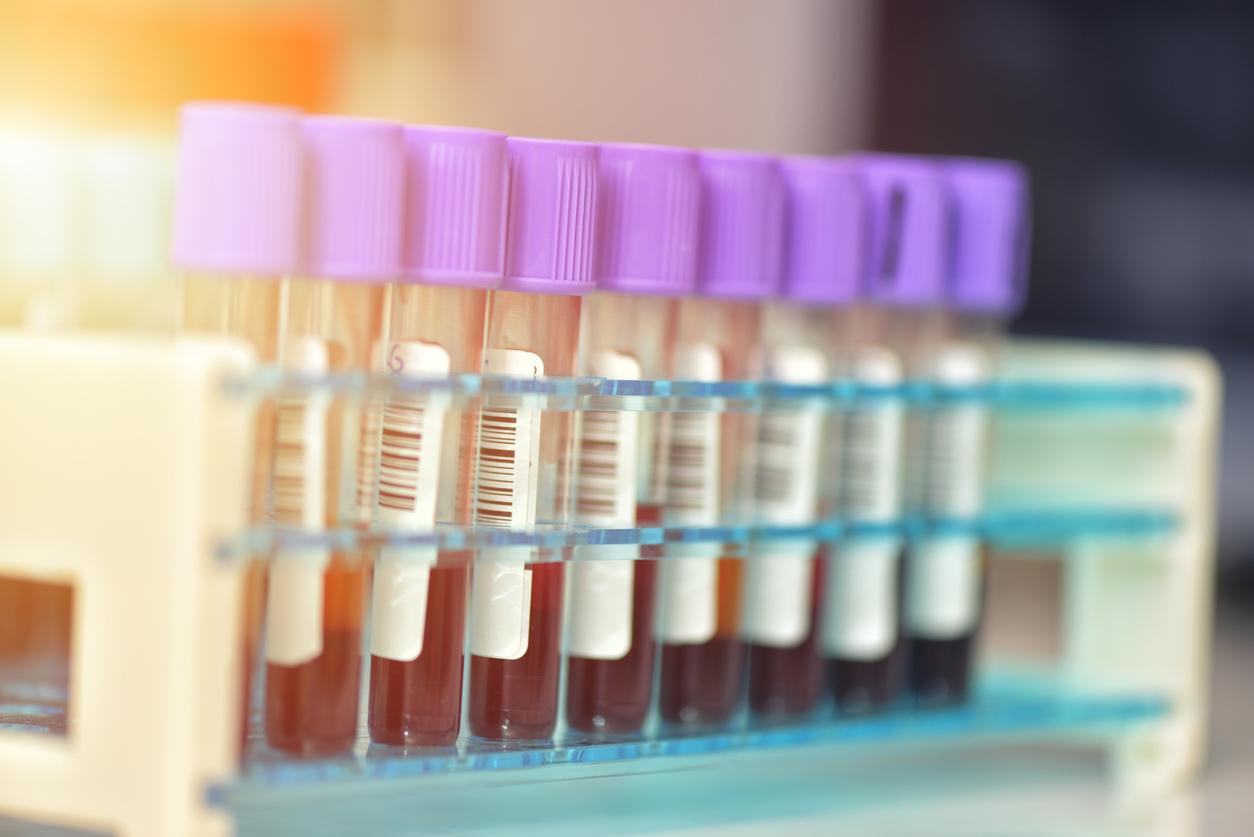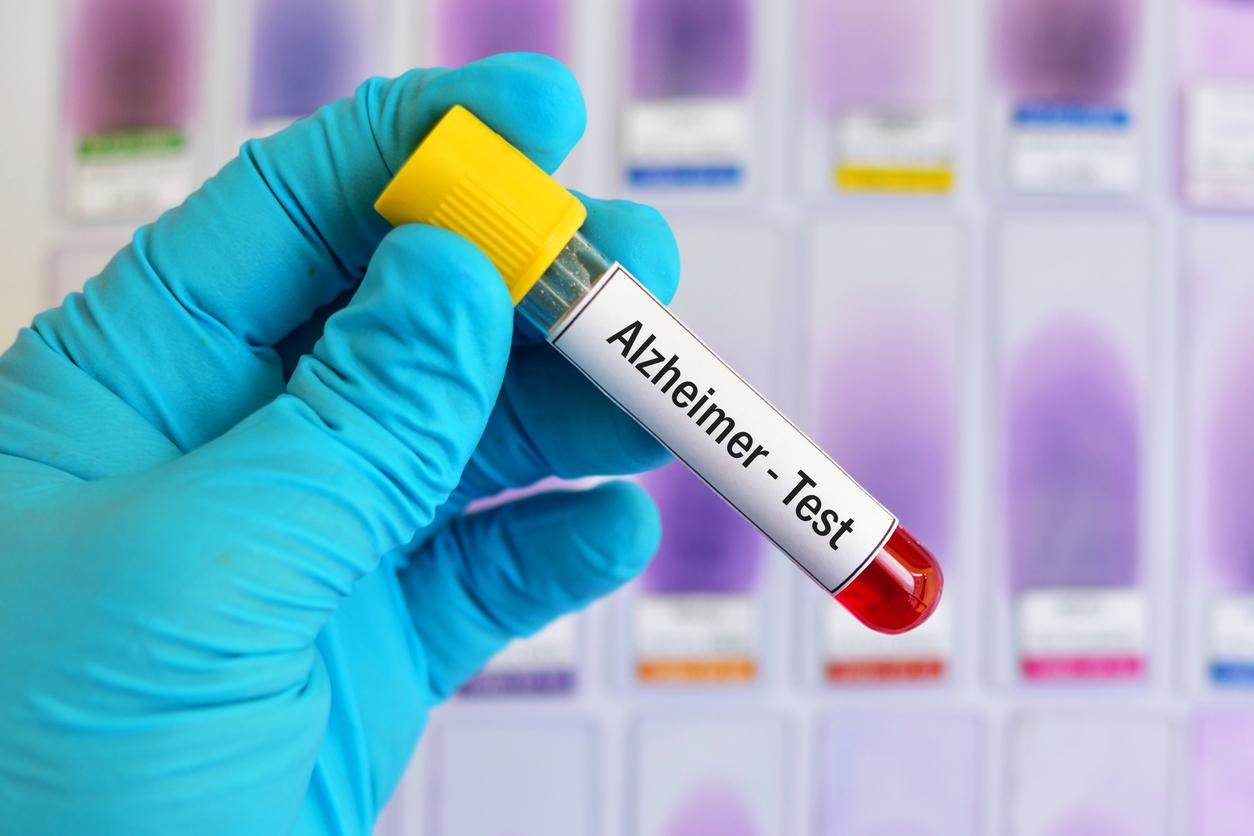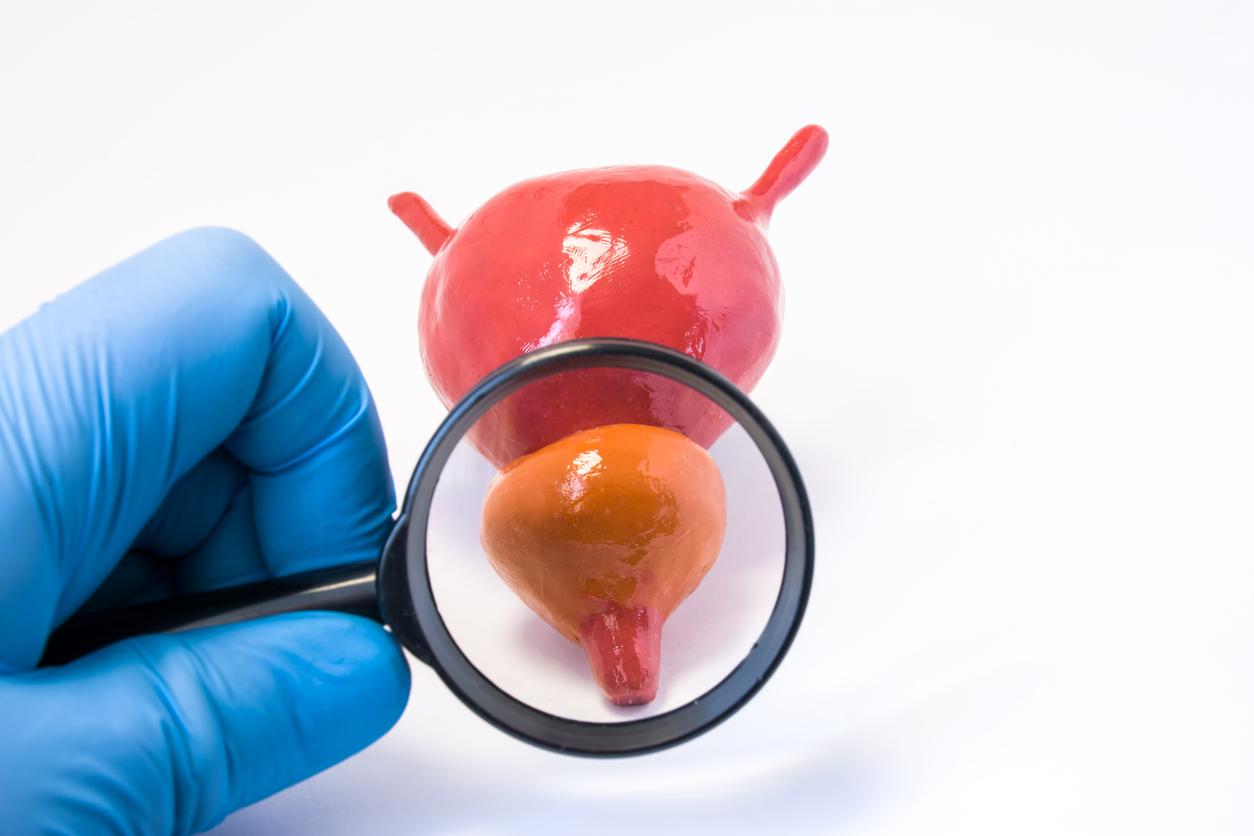Researchers have discovered a useful biomarker for the early detection of prostate cancer, paving the way for the development of precision drugs to treat it.

- Researchers have discovered how to quickly detect if a deadly tumor is at risk of developing.
- In France, prostate cancer is the most common cancer in men and the 3rd cancer causing the most deaths according to data from Public Health France.
Is it a fatal tumor or not? This is vital information for both patients and caregivers. However, thanks to work on prostate cancer carried out by the Department of Medical Biosciences of the Swedish University of Umeå in collaboration with a research group at the University of Uppsala, and published in eBioMedicineit will now be possible to find out and act accordingly.
Specific proteins
Indeed, researchers have discovered a new function of specific proteins in the signaling pathway of transforming growth factor beta (TGF-β). This important pathway affects the growth and spread of cancer cells. “Previous studies have shown that TGF-β signaling is important in the development of several forms of cancers”explained Maréne Landström, professor of pathology at Umeå University.
This discovery could have huge implications for treatment because it makes it easier, faster and earlier in the course of the disease to identify men who are at risk of developing aggressive and life-threatening prostate cancer.
To reassure
“With this new discovery, we can reassure men with prostate cancer who have a promising prognosis, and those with high-risk prostate cancer can be offered treatment sooner. Our results and the publication are significant for a large group of prostate cancer patients, and there is reason to believe that other groups of patients will benefit.”, rejoiced Maréne Landström, professor of pathology in the department of medical biosciences at the University of Umeå.
The prostate is a gland that is part of the male reproductive system. It is located under the bladder, in front of the rectum, and it surrounds the channel through which urine is evacuated from the bladder, the “urethra”. Prostate cancer, in its early stages, causes few signs. These appear when the tumor grows and compresses the surrounding organs.
Urination disorders
The first characteristic signs therefore occur when the bladder or urethra are irritated by the tumour. Abnormalities are then observed when the person urinates: these are “micturition disorders” or “functional urinary disorders”.
People may have a frequent need to urinate and exceed 7 urinations per day (and night), this is “pollakiuria”. The need to urinate can become urgent or even impossible to control, it is “urgency” or “urgent urination”. If the tumor compresses the urethra too much, the person may have difficulty urinating with a weak or interrupted jet, this is called “dysuria”, which causes the feeling of having the bladder still full.
If a small blood vessel is broken by the tumour, blood can be found in the urine or semen. Either it is invisible to the naked eye and only detectable by the urine dipstick, or the liquids have a more or less intense red color and this is called “hematuria” or “hemospermia”. A burning sensation during urination can be described as “urinary burning”.
All these signs are not specific to prostate cancer, but should alert the patient to a possible vesico-prostatic pathology.



















